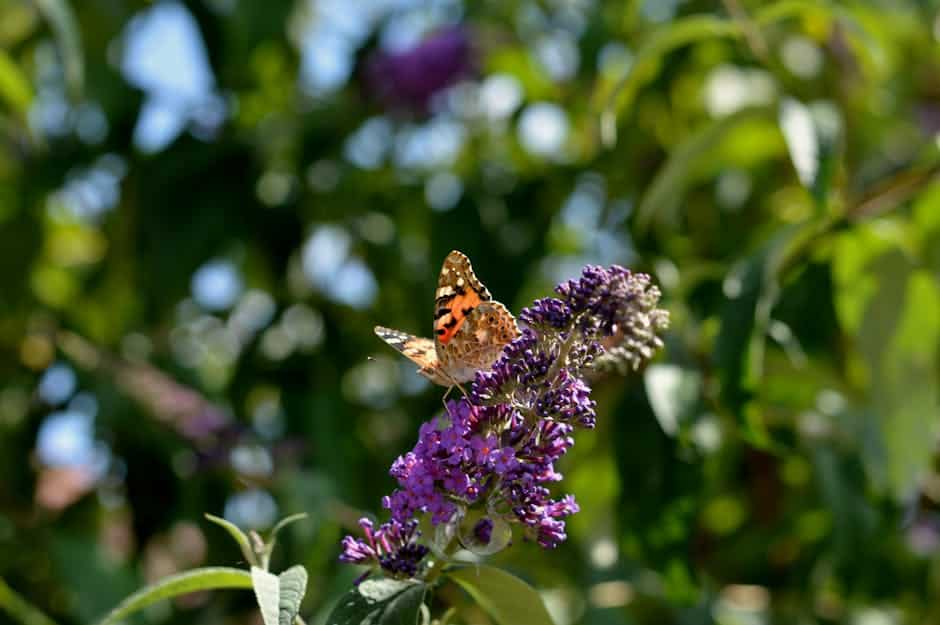How to Sow Seeds in a Garden
Are you ready to start your own garden from seeds? Sowing seeds in a garden can be a rewarding and fulfilling experience. Whether you’re a seasoned gardener or a beginner, it’s important to follow best practices to ensure successful seed germination and healthy plant growth. In this article, we’ll explore the step-by-step process of sowing seeds in a garden, from preparing the soil to caring for the seedlings.
Preparing the Soil
Before sowing seeds in your garden, it’s crucial to prepare the soil properly. Start by removing any weeds, rocks, and sticks from the planting area. This will help create a clean and favorable environment for your seeds to grow. Loosen the soil using a garden fork, breaking up any compacted areas and improving its texture. This allows the roots to penetrate easily and access moisture and nutrients.
Soil Amendments
Depending on the quality of your soil, you may need to amend it with organic matter or other soil amendments. Conduct a soil test to determine its pH level and nutrient content. Certain plants thrive in specific soil conditions, so it’s essential to understand the preferences of the plant species you’re growing. Adding compost, aged manure, or other organic materials can improve soil fertility and structure. Consider incorporating mycorrhizal fungi, which can enhance seed germination and promote robust root development.
Planting Depth and Spacing
When it comes to sowing seeds, it’s crucial to follow the instructions on the seed packet. Each plant species has different requirements for planting depth and spacing. Seeds should generally be planted at a depth that is about twice their size. Use your finger or a small trowel to create dibbles or furrows in the soil, ensuring proper spacing between each seed. For tiny seeds, be mindful of protecting them from drying out or being blown away by the wind.
Ensuring Moisture
Moisture is a key factor in seed germination. After sowing the seeds, it’s important to keep the soil evenly moist. Use a gentle flow of water, such as a watering can or a misting nozzle, to avoid washing away the seeds. Be mindful not to create waterlogged conditions, as excessive moisture can lead to rot or fungal diseases. Mulching the soil surface can help retain moisture and regulate temperature.
Marking and Identifying Seedlings
As the seedlings emerge, it’s crucial to mark the planting locations. This will help you keep track of the seedlings and prevent accidental pulling or damage. You can use plant markers, popsicle sticks, or any other labeling system that works for you. Each plant species has its own unique appearance, so familiarize yourself with the characteristics of the seedlings you’re growing. Recognize the seedlings by their leaves, color, or growth patterns.
Thinning Seedlings
As the seedlings grow, they may need to be thinned to maintain proper spacing for optimal growth. Overcrowding can lead to competition for nutrients, light, and space, resulting in weaker plants. Follow the recommendations for thinning based on the plant type and desired spacing. Use scissors or your fingers to carefully remove the excess seedlings, allowing the strongest ones to thrive.
Caring for Seedlings
Seedlings require careful attention to ensure their healthy development. Provide daily watering, especially during dry periods, to keep the soil consistently moist. However, avoid overwatering, as this can lead to root rot and other problems. Fertilize the seedlings according to the recommendations on the seed packet or with a balanced organic fertilizer. Protect them from pests and harsh weather conditions by using row covers, netting, or other appropriate methods.
Conclusion
Sowing seeds in a garden is an exciting journey that allows you to witness the miracle of plant growth firsthand. By following best practices such as preparing the soil, planting at the appropriate depth and spacing, maintaining moisture, marking and identifying seedlings, thinning as needed, and providing proper care, you can increase your chances of successful seed germination and healthy plant growth. Start your gardening adventure today and enjoy the beauty and abundance of your own homegrown plants!
Related Websites:
FAQs:
Q: What are the benefits of sowing seeds in a garden?
Sowing seeds in a garden allows you to have full control over the quality and variety of plants you grow. It is cost-effective, as seeds are generally cheaper than buying fully-grown plants. Additionally, sowing seeds gives you the satisfaction of witnessing the entire growth process, from germination to maturity.
Q: When should I sow seeds based on the local climate and frost dates?
The appropriate time to sow seeds varies depending on your local climate and frost dates. You should sow seeds after the last expected frost date in your area to avoid damage to young seedlings. It is advisable to consult a local gardening guide or use online resources that provide frost date information specific to your region.
Q: How do I prepare the garden bed for sowing seeds?
To prepare the garden bed for sowing seeds, start by clearing the area of weeds, rocks, and debris. Loosen the soil and create a fine seedbed by removing clumps and breaking up compacted soil. Adding organic matter or compost can improve soil fertility and provide essential nutrients for seed germination and growth.
Q: What are some tips for caring for newly sown seeds?
After sowing seeds, water them gently but thoroughly to ensure proper hydration. Maintain adequate moisture levels without overwatering, as excessive water can lead to rot or fungal diseases. Protect tender seedlings from extreme weather conditions, pests, and diseases by providing appropriate shelter or using organic pest control methods.
Q: How can I support and monitor the growth of seedlings?
Regularly check for germination progress by monitoring the appearance of seedlings. Adjust watering and care accordingly. Provide necessary support, such as stakes or trellises, for tall plants to prevent them from bending or breaking. Additionally, prune or thin seedlings to ensure proper spacing and airflow, which promotes healthy growth.






